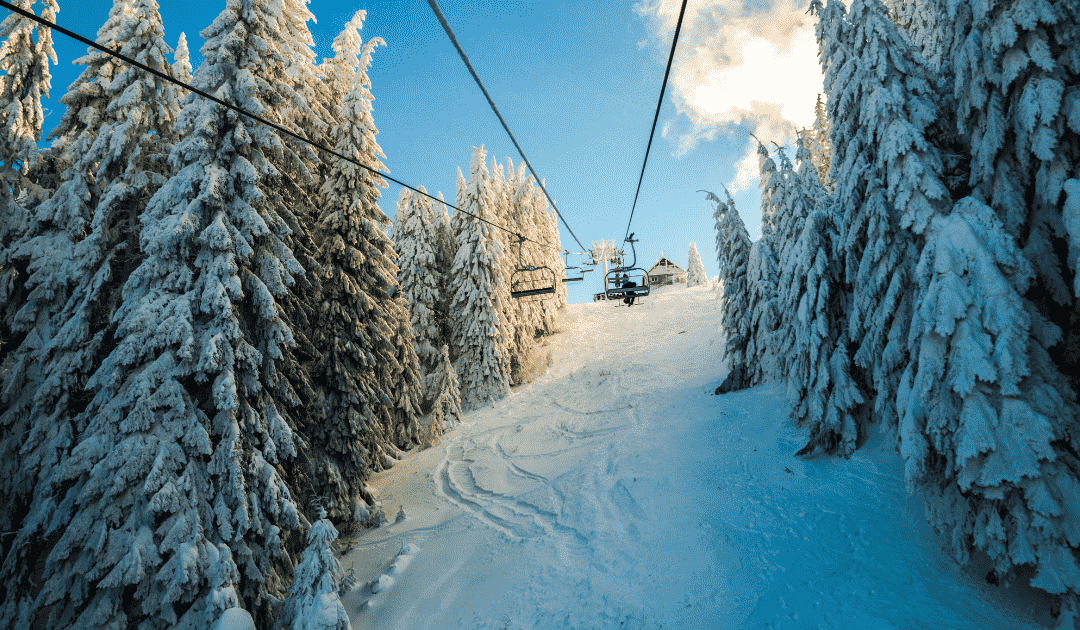A growing number of renters in four-season communities like the Town of Blue Mountains, Ont. are making the transition from tenants to homebuyers.
So says Eva Landreth, a Century 21 Realtor in the region and nearby Collingwood, who notes the try-before-you-buy trend is providing more opportunities to realtors who rent and sell properties in the area. “It gets me out in front of a lot more people,” she says.
Landreth says she’s sold homes to about 50 clients over the last four years who initially rented.
In the past, most people coming up from Toronto or Southern Ontario to the area would join a ski club–The Blue Mountains has several–and rent a property for the winter season, Landreth says.
“Now we’re finding that because our community is four seasons, people are spending more time here in the spring and summer and fall rather than just winter. It’s not about skiing anymore.”
Work-from-home fuels lifestyle changes
The trend toward work from home has also helped, Landreth says. “People want a lifestyle change. They don’t want to be stuck in Toronto traffic.”
She says people initially come up on weekends, experience the area, realize there’s a lot to do year-round with ample shopping and restaurants, and a good community feel and make the switch to buying. “The area kind of grows on them.”
Landreth says the rent-to-buy trend has also been seen in other four-season destinations across the country, from Revelstoke, B.C. to Mont Tremblant, Que.
Most Blue Mountain buyers use their property as a secondary home and keep their house in the city as a principal residence.
Trying before buying
Toronto resident Melanie Koszegi is one such buyer. Her family rented properties in The Blue Mountains from Landreth before using the Realtor’s services to buy.
Her family had just started to ski “and thought that would be a good way to try it out.
“We were not sure if we were cottage people initially and we obviously didn’t want to commit. I don’t think we were ever expecting to buy.”
But the family ended up spending much more time in The Blue Mountains during the pandemic.
“The more time we spent up there, the more we came to see it as a year-round location and wanted to find a permanent place. We really got to know both the area and what we wanted from the area. That really helped us hone in on what we wanted.”
After renting for three years, the family bought a house in late 2020, using Landreth as their Realtor. They did a major renovation and moved in at the end of 2021.
While Koszegi hasn’t been spending long periods of time there as her kids are still in school, she is considering it as part of her retirement plans.
“It’s close enough to the city, and has everything you can need,” says Koszegi, who has no regrets about buying in the area.
Secondary homes turned primary residences
Before buying, “people want to dip their toe in the water and see what the lifestyle is like,” says Realtor Linda McClean of Sotheby’s Canada. Based in Toronto, McClean, has also long had a home in The Blue Mountains—her father was a founding member of the private Craigleith ski club in the area—and sells in both locales.
“I can help them sell their home in Toronto and find a place in Blue Mountains or Collingwood. You have all the amenities of home, but you have a lot more space and it’s a lot more relaxing than the big city.”
McClean, who has been in the business for about four years, has sold properties in the Blue Mountains area to three or four clients who initially rented.
McClean notes many buyers moved to the resort area permanently during the pandemic. They tend to be older—in their 50s and 60s—than those who purchase homes as secondary residences. “It’s a great four seasons spot to hang your hat,” she says, citing the area’s golf courses and Georgian Bay as attractions.
Rental as a bridge
Landreth also rents out properties with her husband Sean Landreth’s company Seasonal Properties, which specializes in turnkey rentals of 30 days or more in the area. By renting for at least a month, “you get more consistent families (and) there’s less wear and tear of the property (because) they’re active, always out doing something.”
While the average sale price is about $1.3-million in The Blue Mountains, average house rentals for a season from December to March are about $25,000 to $30,000 but can go to around $50,000 for higher-end properties, Landreth says.
Leveraging seasonal rentals
Seasonal Properties rents about 40 to 50 properties during the ski season and a growing number in July and August. “When I first started renting, no one would rent for those months,” Landreth says.
As an extra source of income, many area owners rent out their properties when they go away. That’s the approach used by retiree Mark Foster, who had a farm in Alliston, Ont. before moving to Collingwood.
After initially renting, Foster and his wife bought a four-bedroom property in Collingwood, and for the last four years, have used Seasonal Properties to rent it out to a young family from Toronto from Dec. 15 to the end of March. The Fosters spend November to the end of April in Florida, with the rent from his Collingwood property offsetting his stays down South.
“We’re okay, but we’re not wealthy. This allows us to leverage our property and do things we never thought were possible.”
Danny Kucharsky is a contributing writer for REM.













